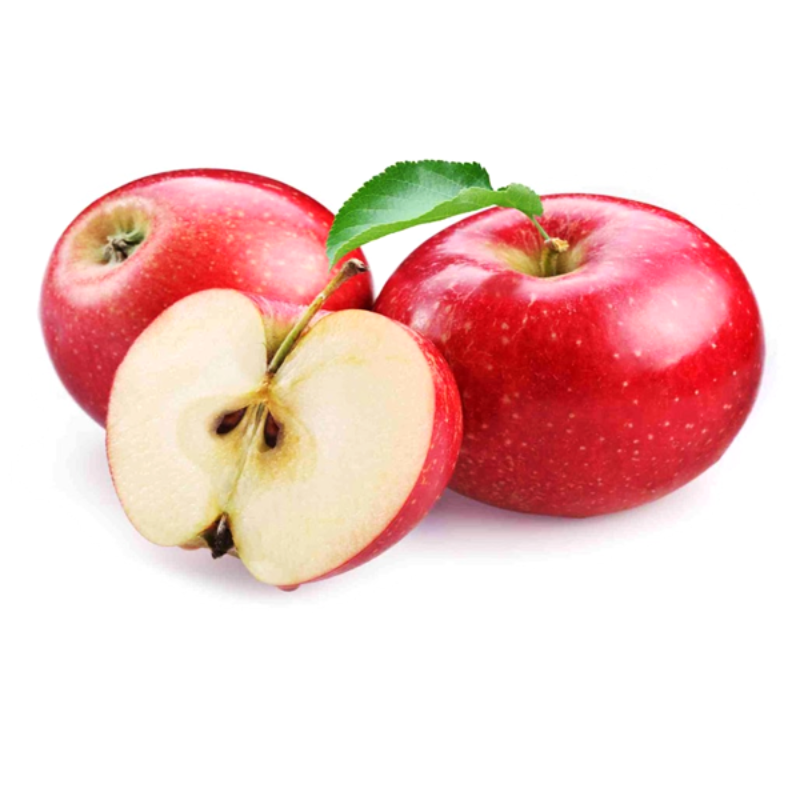- Species and varieties: Apple trees (Malus domestica) come in many heirloom varieties, such as 'Gravenstein', 'Cox's Orange Pippin', and 'Ashmead's Kernel'. These varieties are known for their unique flavors, historical significance, and genetic diversity.
- Hybrid or heirloom: Heirloom. Heirloom apple seeds are open-pollinated and have been passed down through generations without genetic modification. They are valued for their traditional qualities and are often more flavorful and diverse than modern hybrid varieties.
- Pruning and training: Apple trees require regular pruning to maintain their shape, remove dead or diseased wood, and encourage healthy growth. Pruning is typically done in late winter or early spring before new growth begins. Training young trees to develop a strong structure is also important.
- Fertilization needs: Apple trees benefit from balanced fertilization, especially during their early years. A general recommendation is to apply a balanced fertilizer (such as 10-10-10) in early spring and again in late spring. Organic options like compost or well-rotted manure can also be used to enrich the soil.
- Hardiness zones: Apple trees are generally suitable for USDA hardiness zones 3-8, depending on the specific variety. Some heirloom varieties may have specific zone preferences.
- Climate requirements: Apple trees require a temperate climate with cold winters and moderate summers. They need a certain number of chill hours (hours below 45°F) to break dormancy and produce fruit. Adequate sunlight and well-drained soil are also essential for optimal growth.




